
Recent scratchbuilding efforts prompted me to come up with a simple glue applicator that would put a small amount of adhesive precisely where I wanted it. There are many commercial products to do this, but none were exactly what I needed. I took a sewing needle, measured its diameter, and drilled a slightly smaller hole […]
Read More…
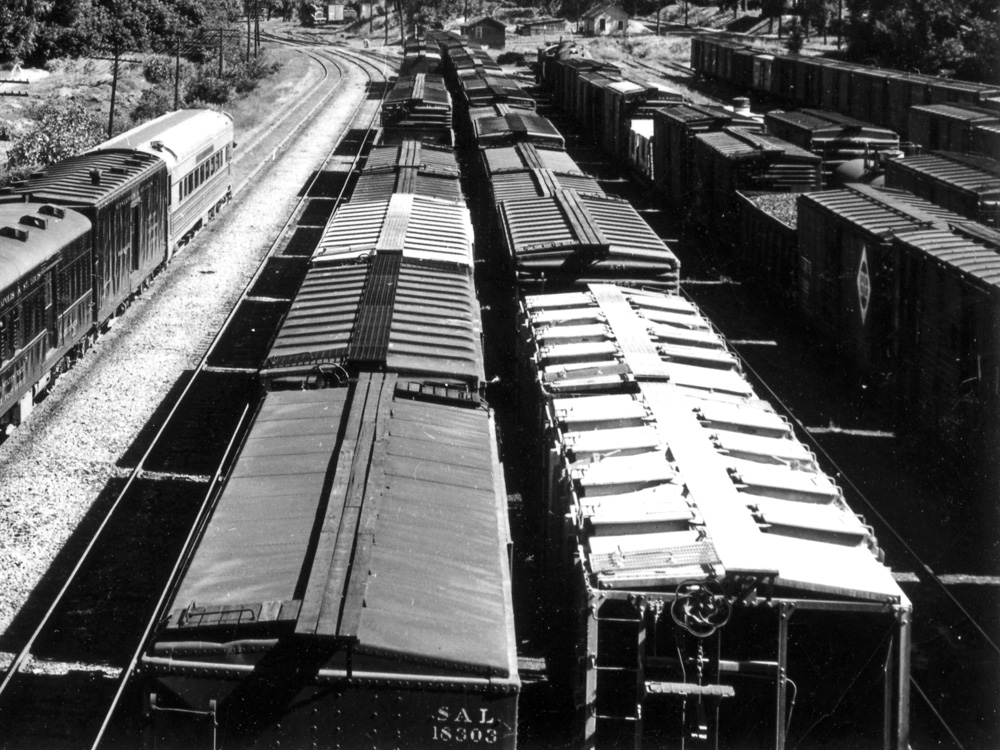
Q: My N scale layout is set in 1933. Several years ago, someone whose railroading knowledge I respect told me that running boards on early freight cars weren’t painted since they would be dangerously slippery when wet. However, all the models I see sold now have the running boards painted the same color as the […]
Read More…
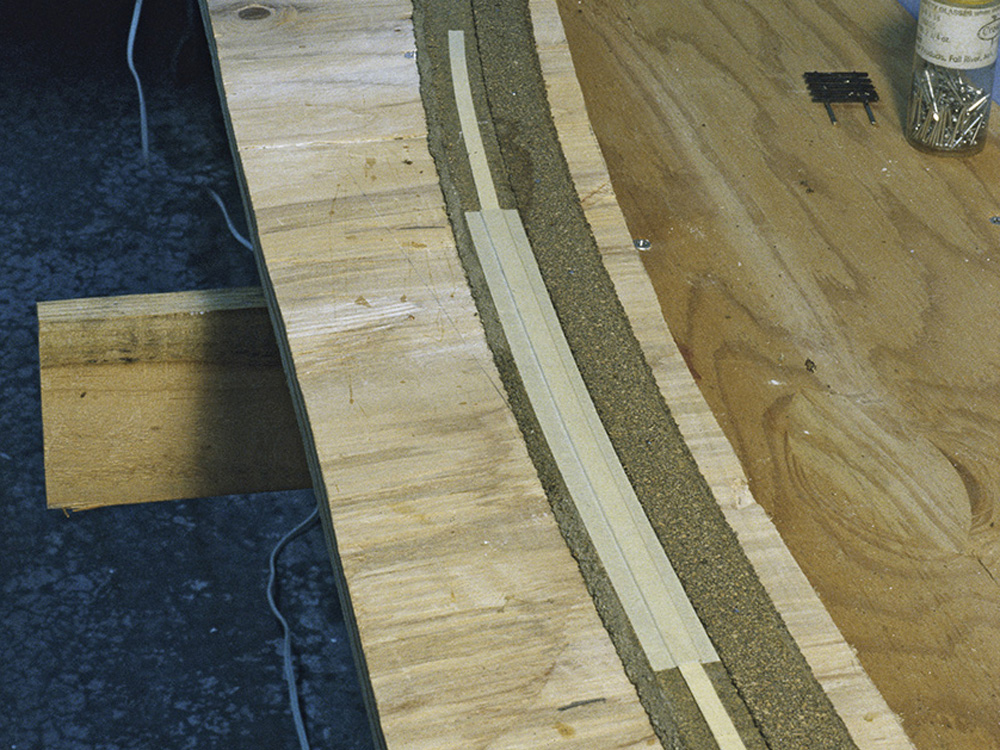
Q: When superelevating track curves with shims, is the shim placed with one of its sides along the track centerline or in the middle of the line? – Robert, last name not given A: Superelevation is where the rail on the outside of a curve is elevated slightly above the inner rail so trains transiting […]
Read More…
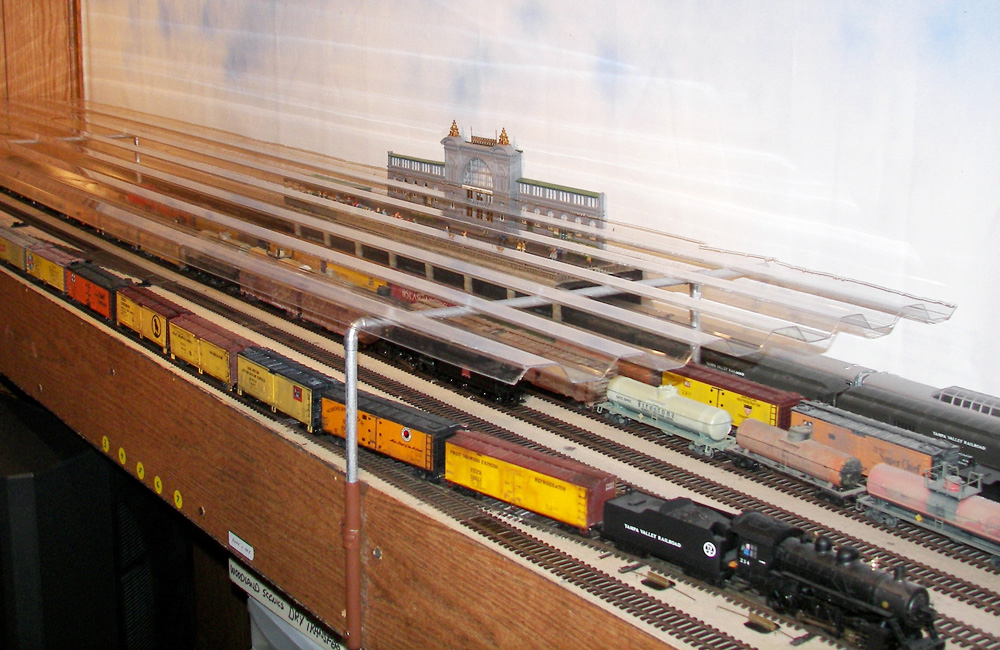
Q: I’m relatively new to the hobby and am seriously thinking about expanding my 4 x 8-foot HO scale layout to something larger. When I read about all the great layouts that appear in your magazine every month, I often wonder how you keep a large layout clean and free from dust. Right now I […]
Read More…

Q: How would a car card or waybill be noted or used for reefers needing icing or cattle needing feed and water along the way between the car’s origin and distant final destination? – Dick Piehl, Whitewater, Wis. A: Both activities are governed by time – the first by the practical limit of how long […]
Read More…

Q: I’ve given up counting rivets; now I’m into what I call chronological accuracy. My layout is set in 1956. I’m OK with choosing appropriate vehicles and diesels for that era, and I learned that yellow stop signs were replaced by standardized red signs in the late 1950s, but other questions remain. When were roof walks […]
Read More…

Q: Here are several photos of an HO scale wall hanging diorama that I bought at a garage sale. I’m trying to learn more about it. However, I can’t make out the artist’s last name on the back and I can’t find an address or phone number for the company whose name is also stamped […]
Read More…
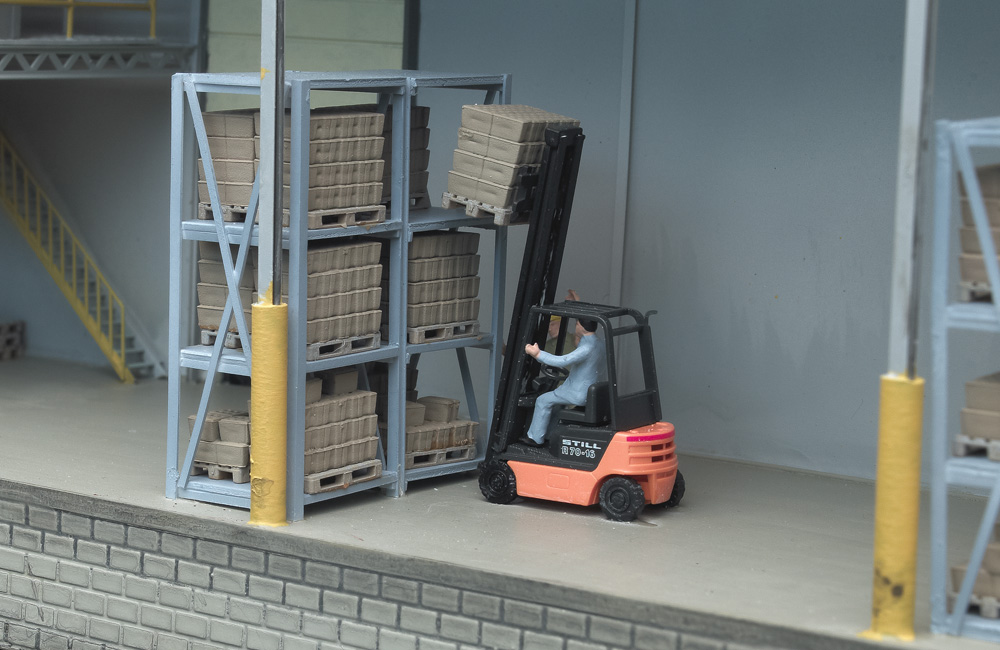
Q: I model some small industries and businesses in the early 1950s. Were pallets and forklifts in common use at that time? – Chris Gabel, Loveland, Colo. A: As you alluded to, the development of the pallet went hand-in-hand with the development of the hand-operated pallet jack and its motorized version, the forklift. Prior to […]
Read More…
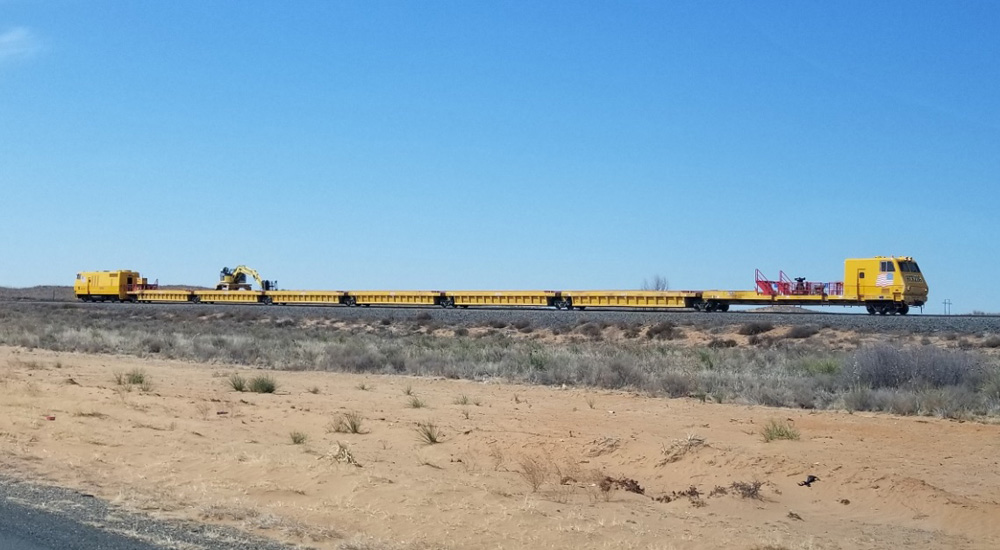
Q: I saw some kind work train on my local BNSF line today that I’ve never seen before and I was curious as to what it was. The thing that surprised me the most is it looks like double stack well cars were converted to MOW duty. Is that the case? – James Cox, Portales, […]
Read More…
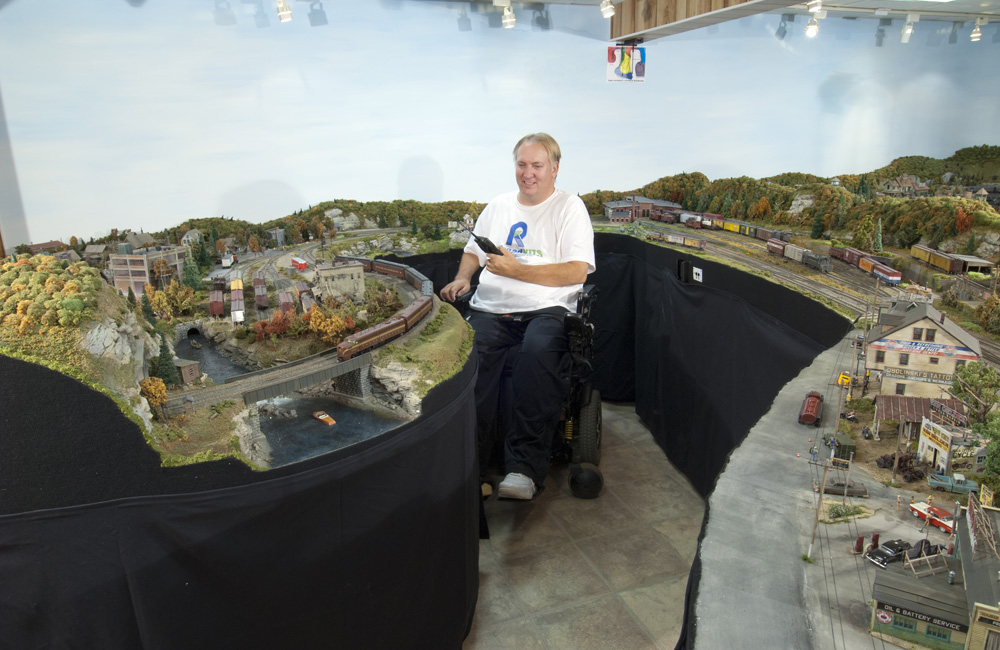
Q: I’ve searched all over the internet for information on how to build a model railroad when you’re in a wheelchair, but I’ve found nothing. Nada! Zilch! Can you help, please? I’m desperate! – Joe Kienlen, Conshohocken, Pa. A: Though we haven’t run an article specifically about how to build a layout while using a […]
Read More…
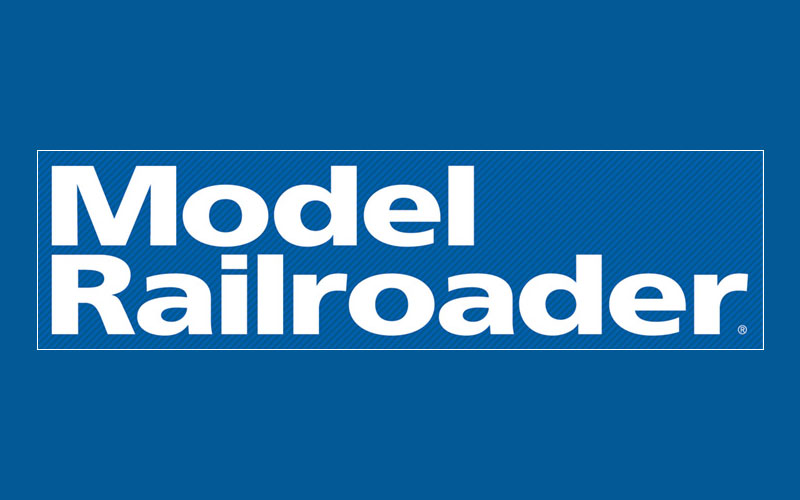
Q: Are Atlas turnouts “DCC friendly” in the way Walthers turnouts are advertised? Do I need to do anything special to make Snap-Switches and other track products operate properly on a Digitrax DCC powered layout? – Edward Gardineer, East Berne, N.Y. A: Before I answer your question, I have to give you two caveats. First, […]
Read More…
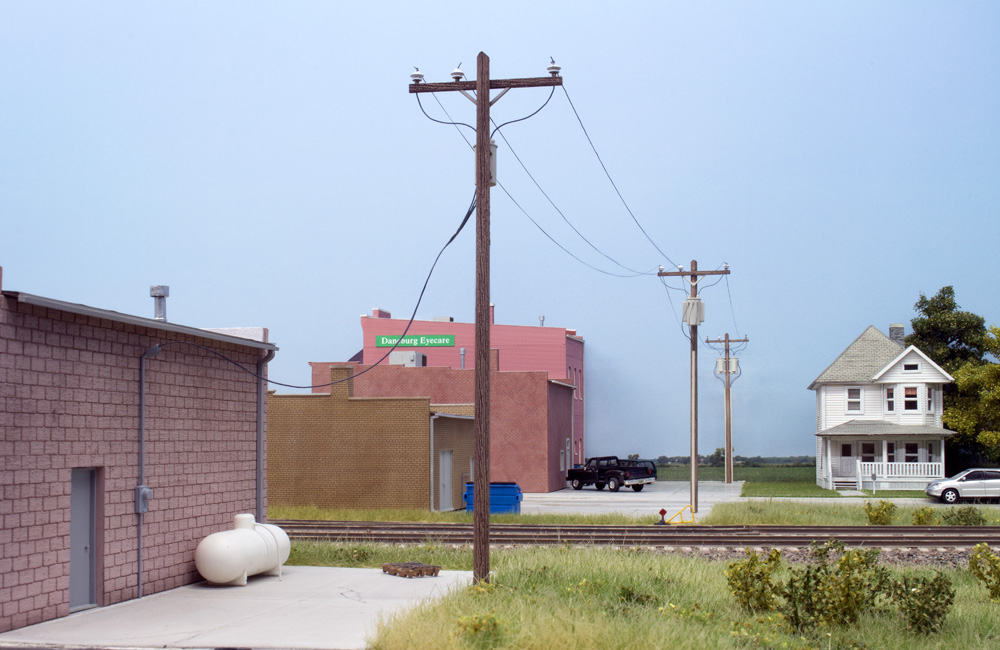
Q: Where did Pelle Søeborg get the parts for his utility poles? They’re the most correctly done of any I have seen. – James Bodnar, Brunswick, Ohio A: Luckily, Pelle wrote an article for us explaining not only what parts he used, but how he used them. “Quick and easy utility poles” was published in […]
Read More…












